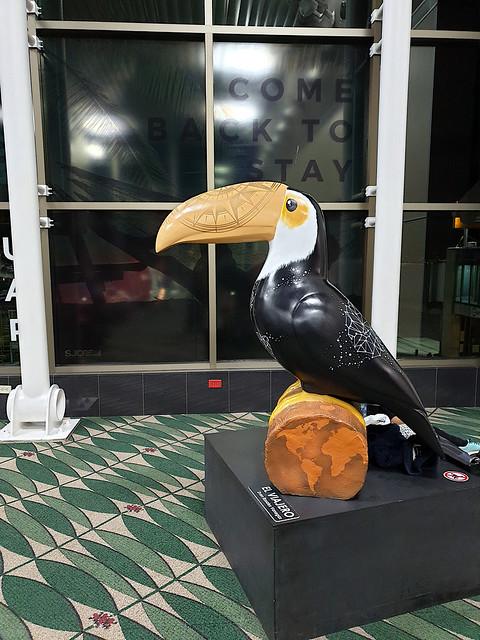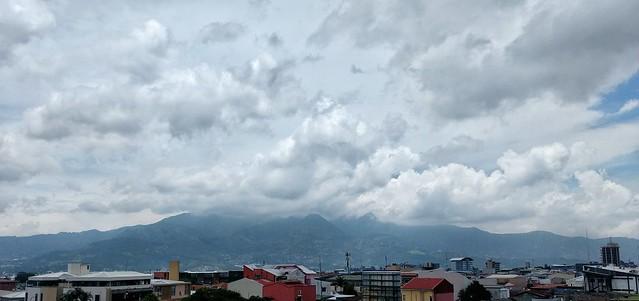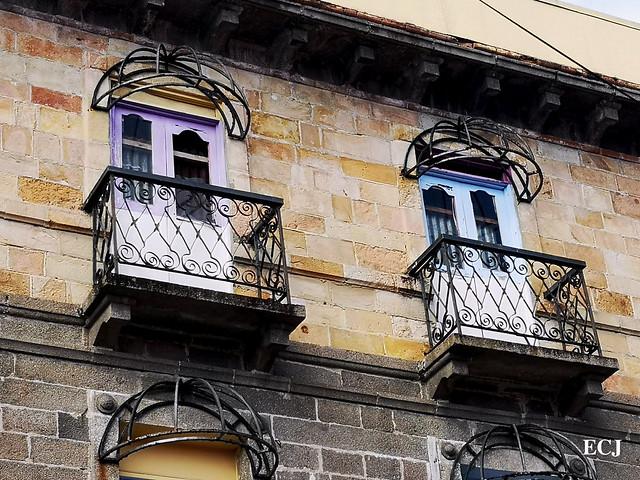
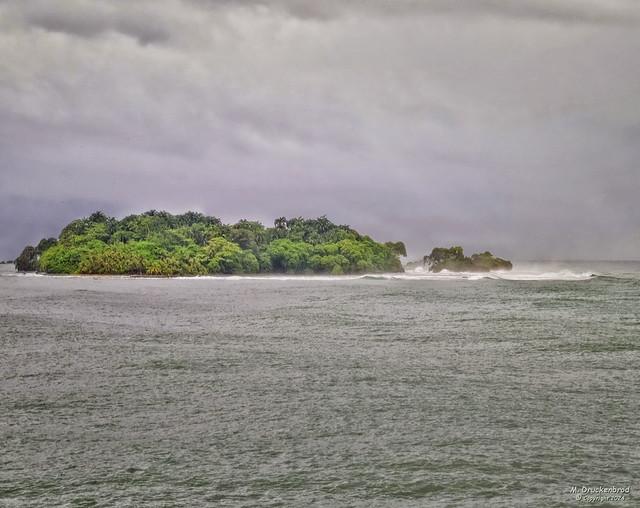
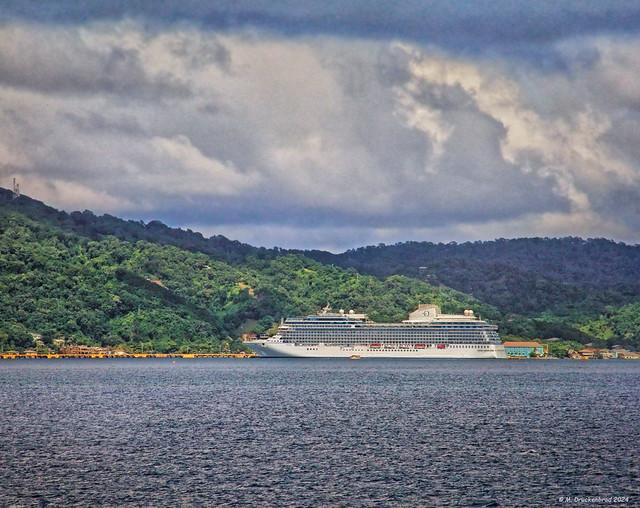
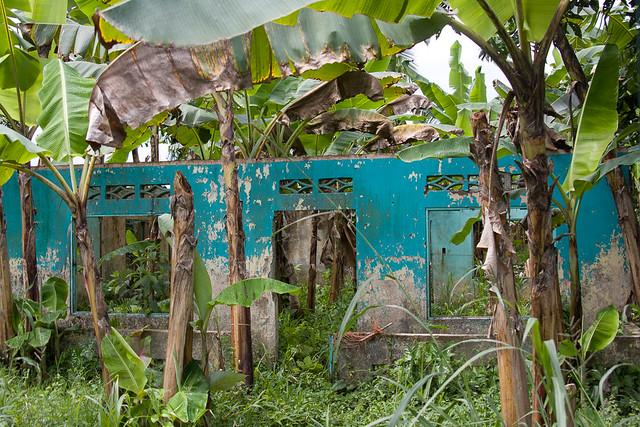
Limón
Overview
Overview of Limón City
Limón City, the capital of Limón Province, is a vibrant port town located on the Caribbean coast of Costa Rica. Known for its colorful Afro-Caribbean culture, Limón offers a unique blend of traditions, rhythms, and flavors that set it apart from other parts of the country. The city serves as a crucial gateway for trade and tourism, thanks to its bustling port and proximity to stunning natural attractions. Travelers will find Limón to be a lively destination, filled with the sounds of reggae music and the aromas of Caribbean cuisine wafting through the streets.
Cultural Richness
One of the most striking aspects of Limón is its rich cultural heritage, heavily influenced by African, indigenous, and Spanish traditions. The city's annual celebrations, such as the Carnival in October, showcase vibrant parades filled with music, dance, and colorful costumes. Locals and visitors alike join in the festivities, dancing to the infectious beats of calypso and reggae. The Afro-Caribbean influence is also evident in the local cuisine, where dishes like rice and beans cooked in coconut milk, patacones (fried plantains), and fresh seafood are staples. Exploring local eateries will introduce travelers to the flavors that define Limón's culinary landscape.
Historical Significance
Limón has a rich history tied to its role as a major port city. Founded in the late 19th century, it became an essential hub for banana exports, which played a vital role in Costa Rica's economy. The arrival of the United Fruit Company in the early 1900s transformed the area, attracting a diverse population of workers from the Caribbean. Today, remnants of this history can be seen in the architectural styles, historical buildings, and the multicultural fabric of the community. The city’s railway station, a significant historical landmark, reflects its past as a center for commerce and transportation.
Local Characteristics
The atmosphere in Limón is distinctly laid-back and welcoming, embodying the spirit of the Caribbean. The streets are lined with colorful buildings, and the local markets buzz with activity as vendors sell fresh produce, fish, and handmade crafts. A stroll along the waterfront reveals stunning views of the Caribbean Sea, where palm trees sway gently in the breeze. The city is also home to several parks and green spaces, such as Parque Vargas, where travelers can relax, enjoy outdoor activities, or simply soak in the lively local vibe.
Natural Attractions
Limón is an ideal base for exploring the natural wonders of the Caribbean coast. Nearby, travelers can venture to the lush Tortuguero National Park, famous for its network of canals and biodiversity. The park is a nesting ground for sea turtles, offering opportunities for guided tours to witness these magnificent creatures. Additionally, the stunning beaches of Cahuita National Park are just a short drive away, where visitors can enjoy snorkeling, hiking, and the breathtaking scenery of coral reefs and tropical wildlife. The combination of coastal beauty and rich biodiversity makes Limón a captivating destination for nature enthusiasts.
Getting Around
For travelers looking to explore Limón and its surroundings, transportation options are readily available. Local buses connect Limón to other cities and attractions, making it easy to venture beyond the city. Additionally, taxis and ride-sharing services provide convenient access to various destinations within the area. For those who prefer a more immersive experience, renting a bicycle is a popular way to explore the city at a leisurely pace while taking in the sights and sounds of this unique coastal town.
In summary, Limón City offers travelers a distinctive experience characterized by its vibrant culture, historical significance, and beautiful natural landscapes. Embracing the warmth of its local community and the rhythm of Caribbean life, Limón is a gem worth discovering for anyone venturing to Costa Rica.
Other towns or cities you may like in Costa Rica
Explore other cities that share similar charm and attractions.



